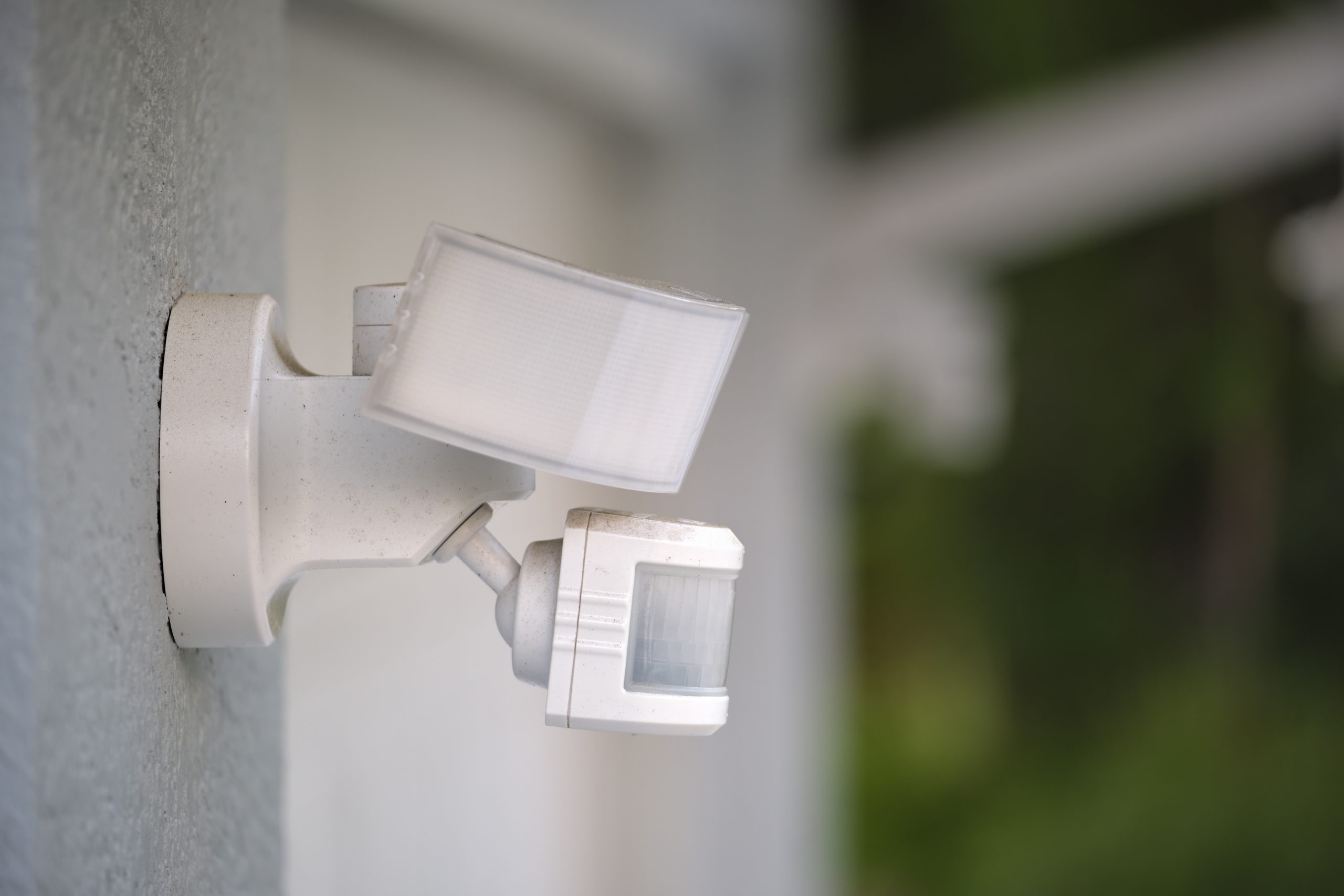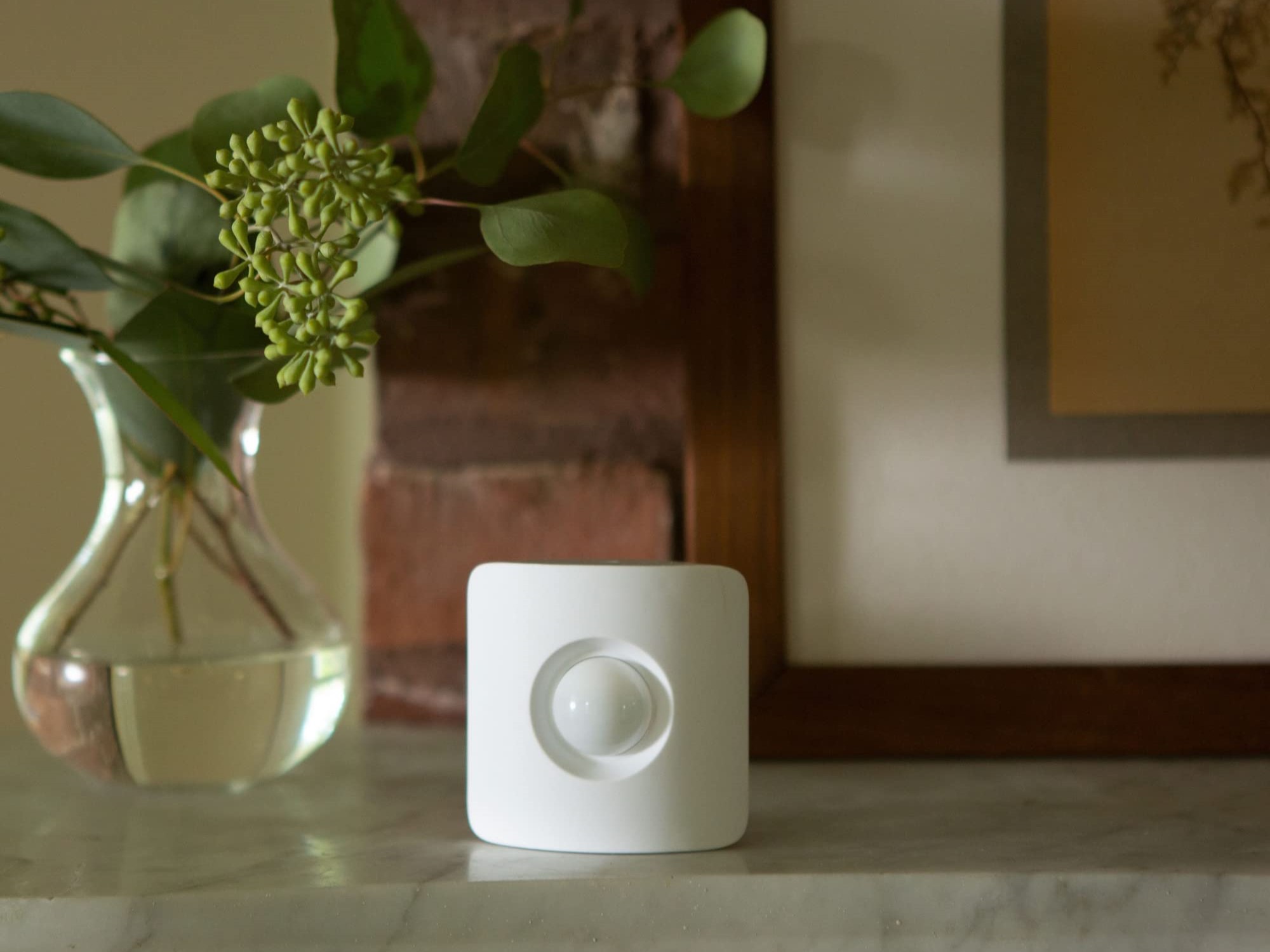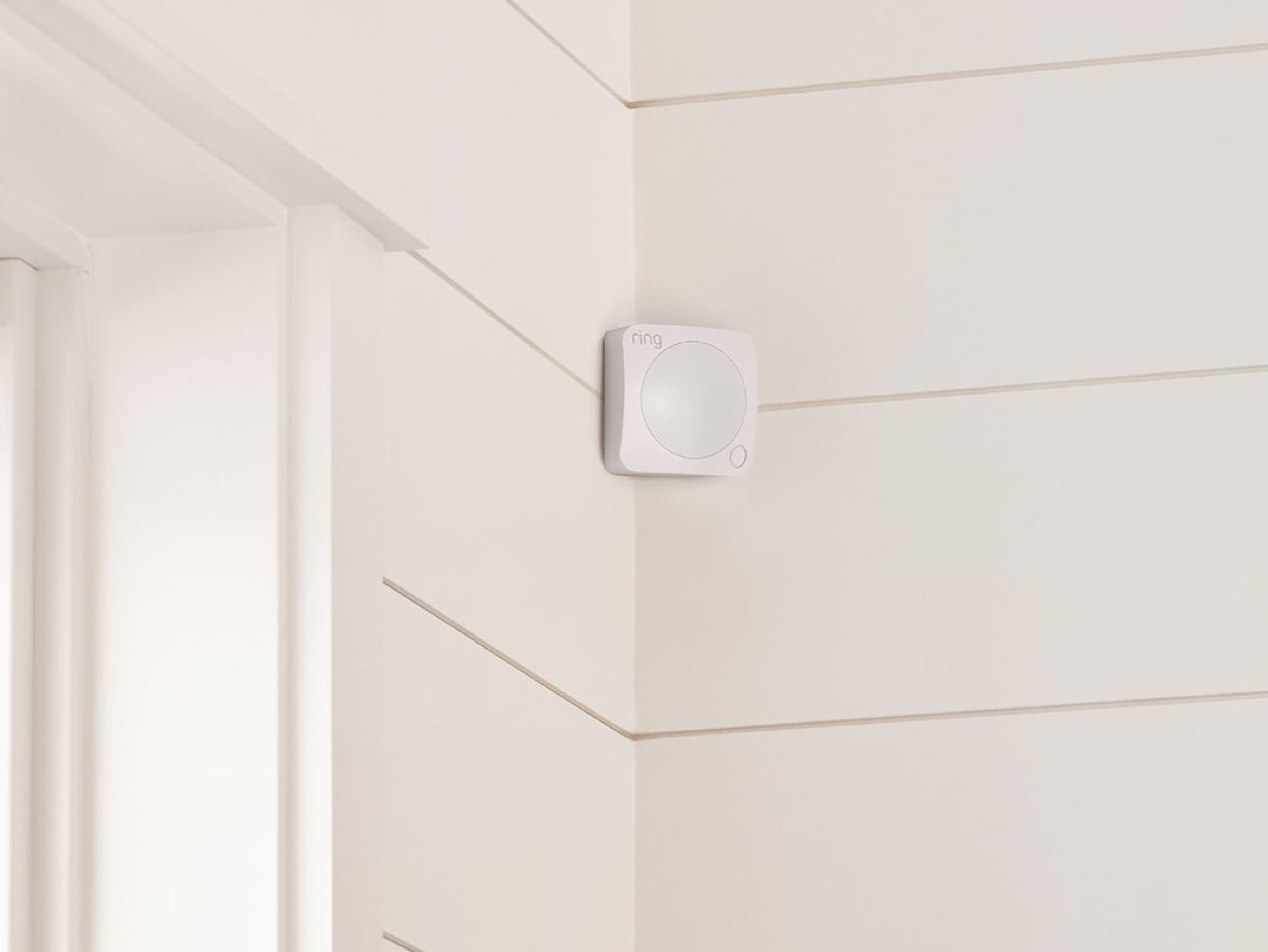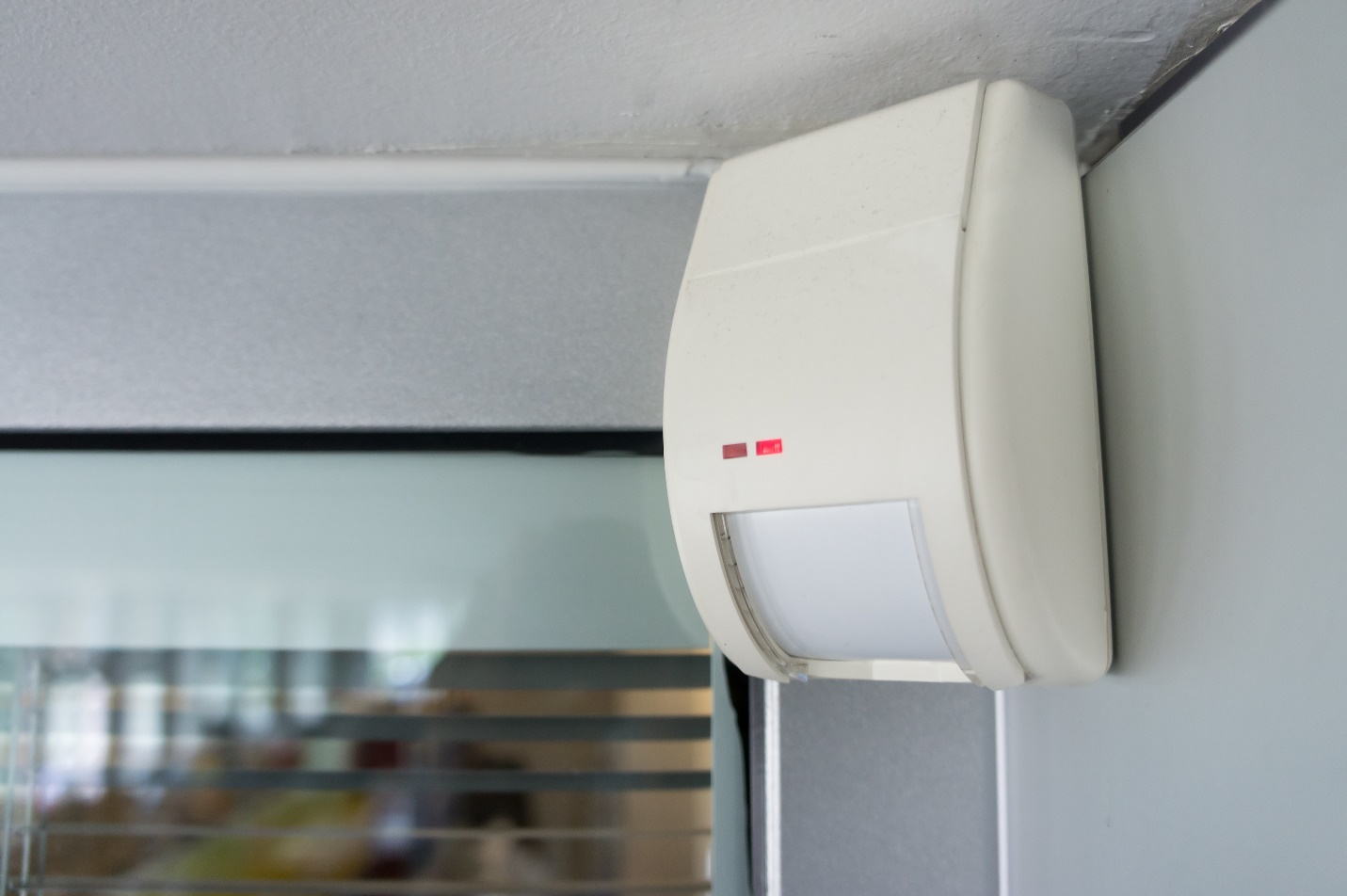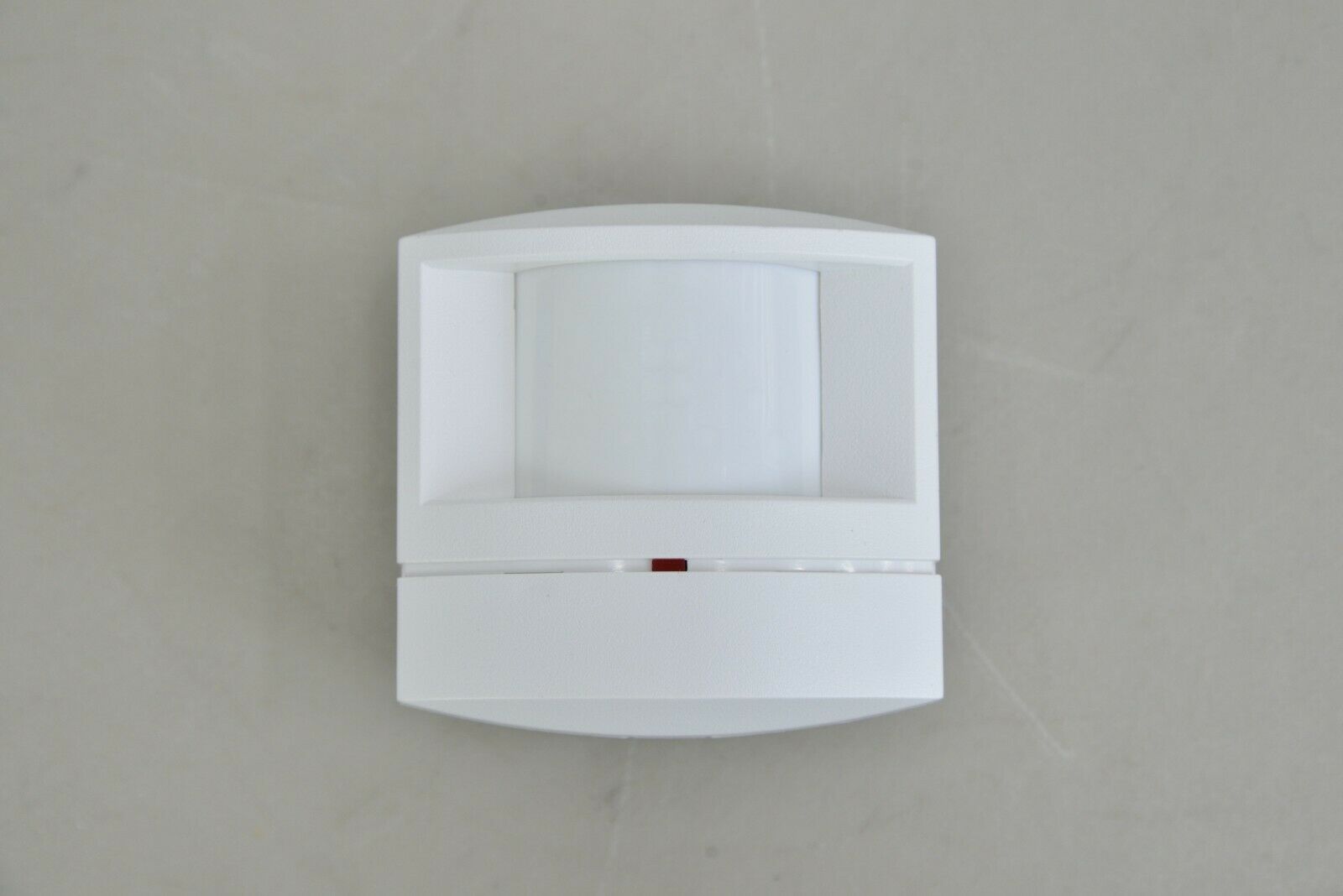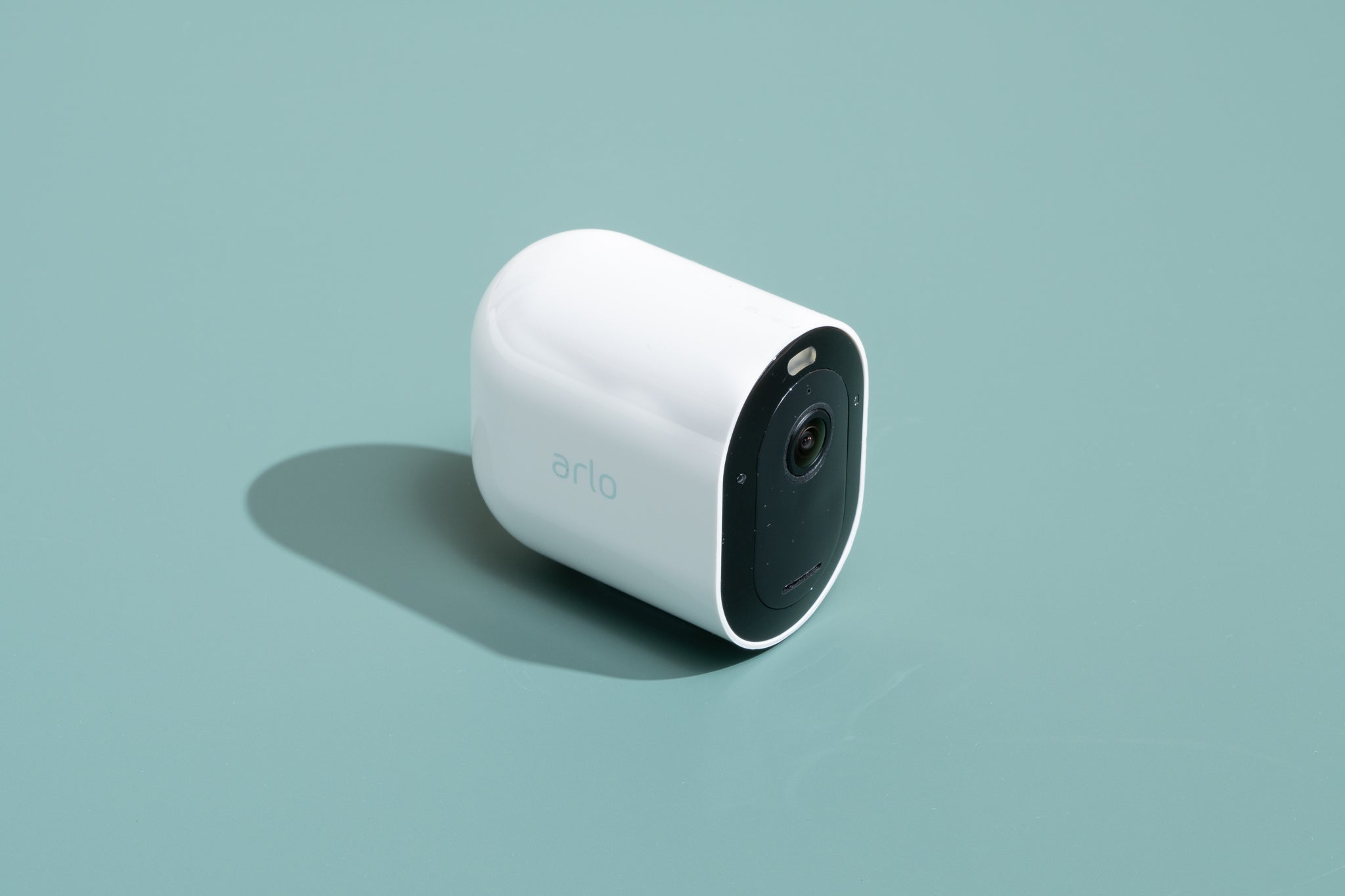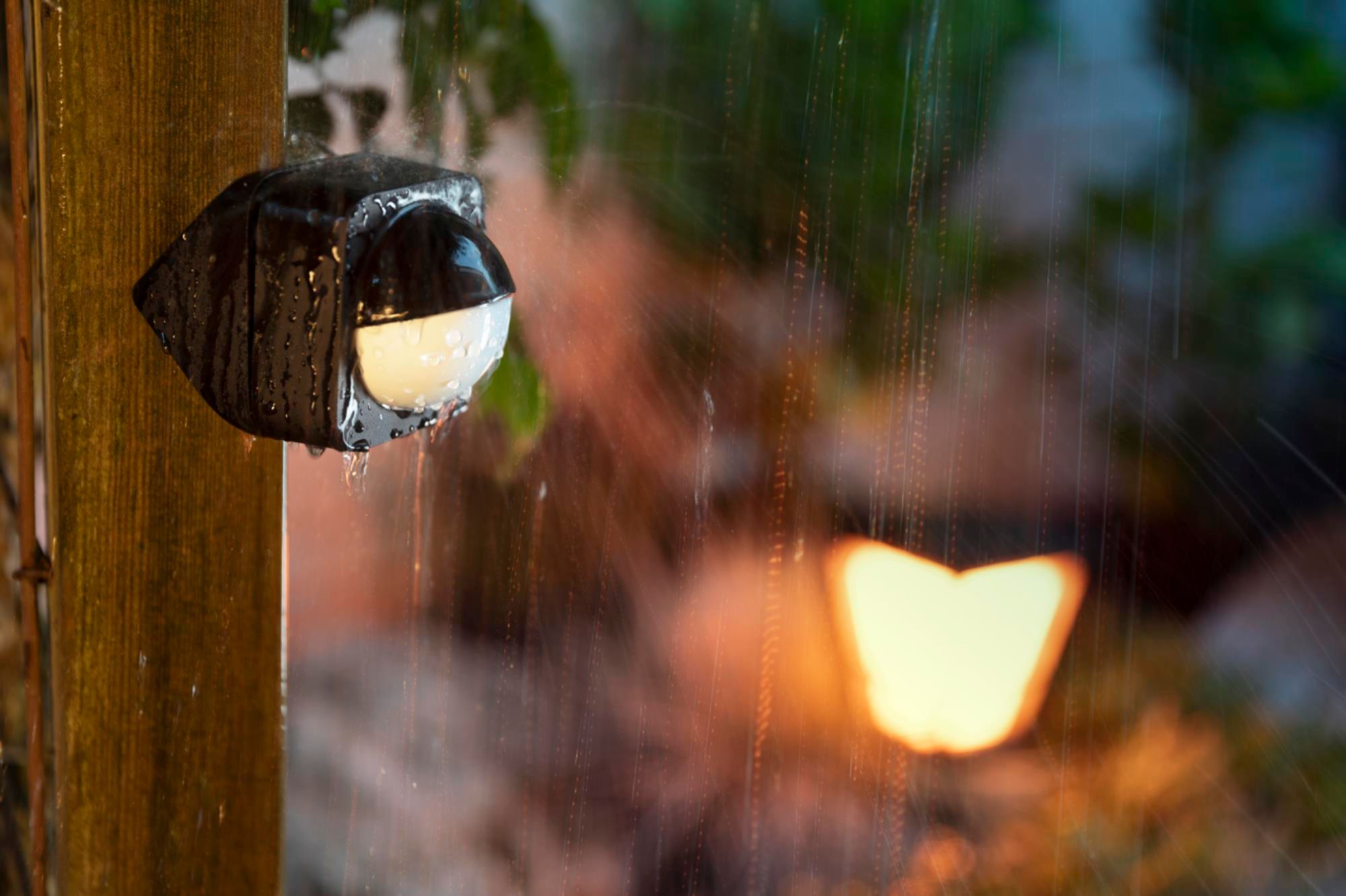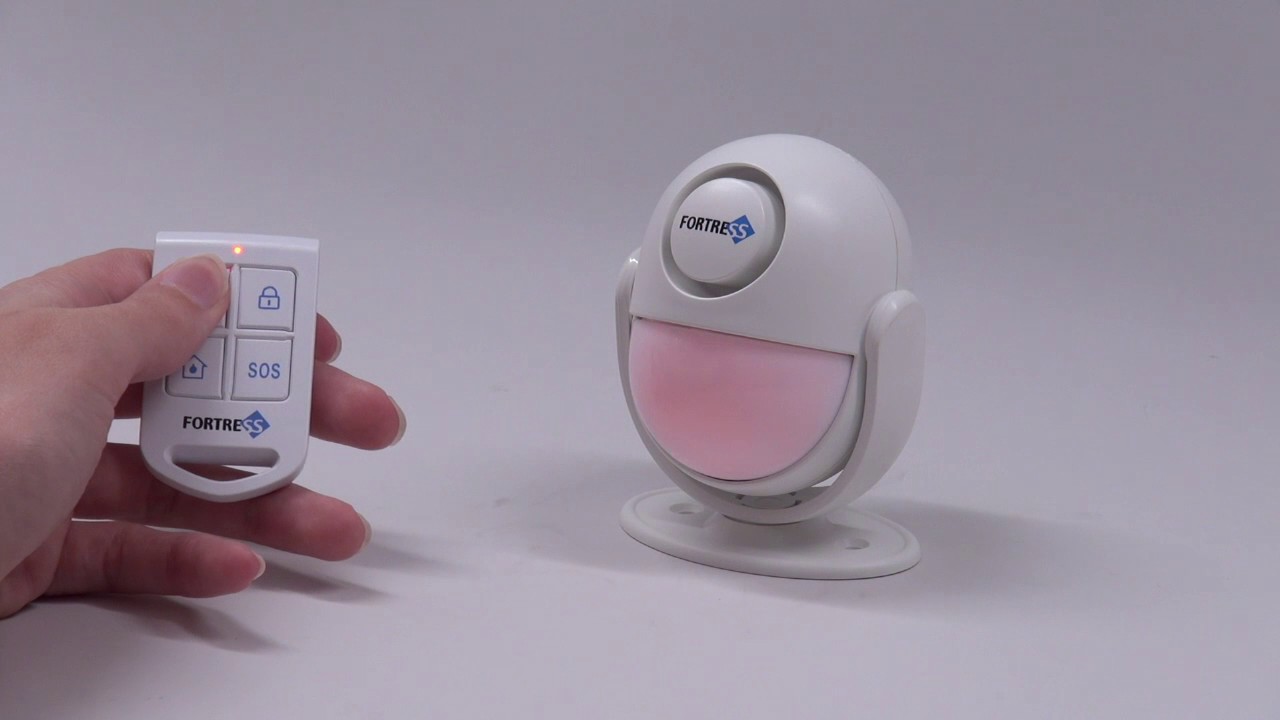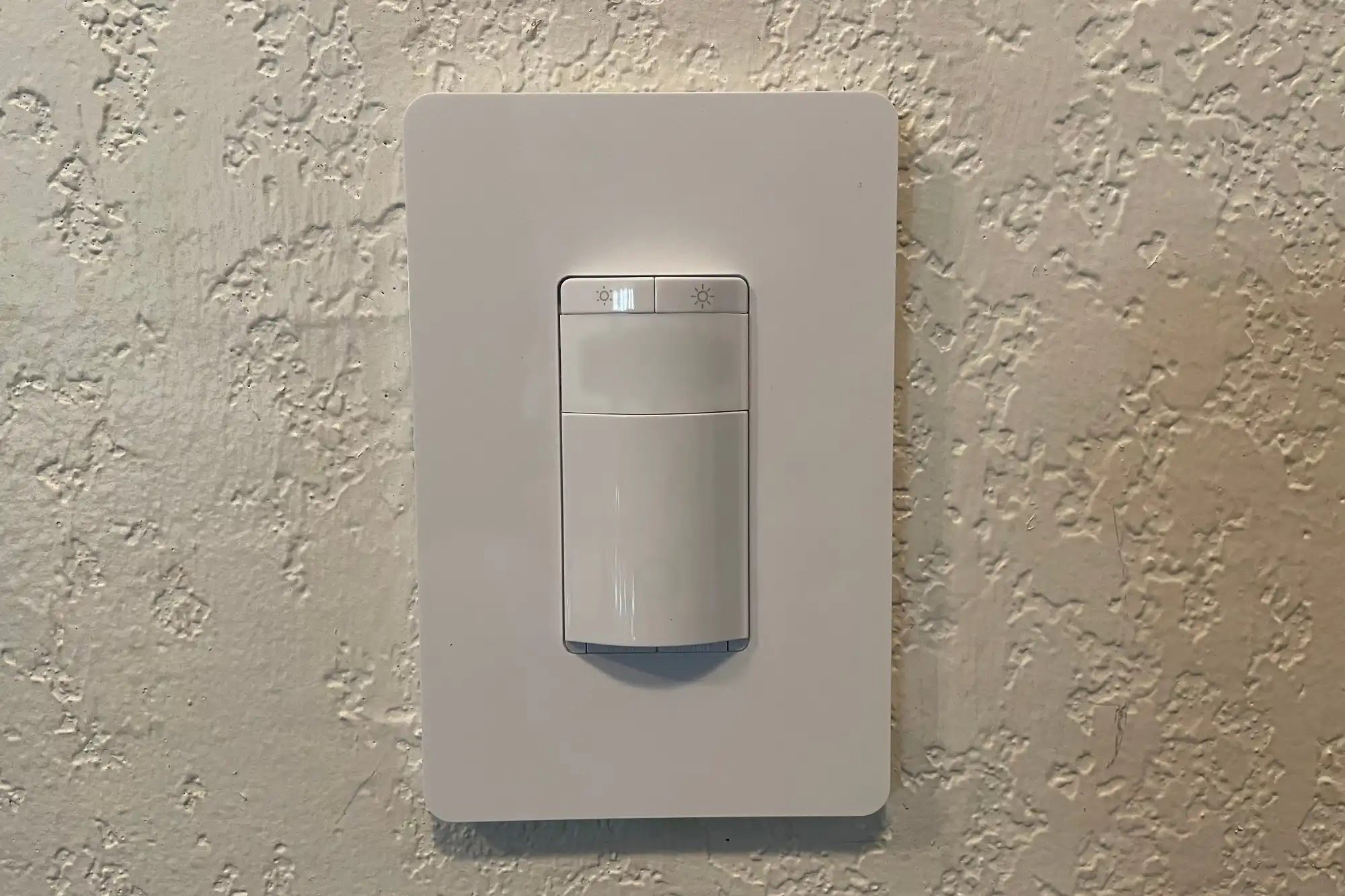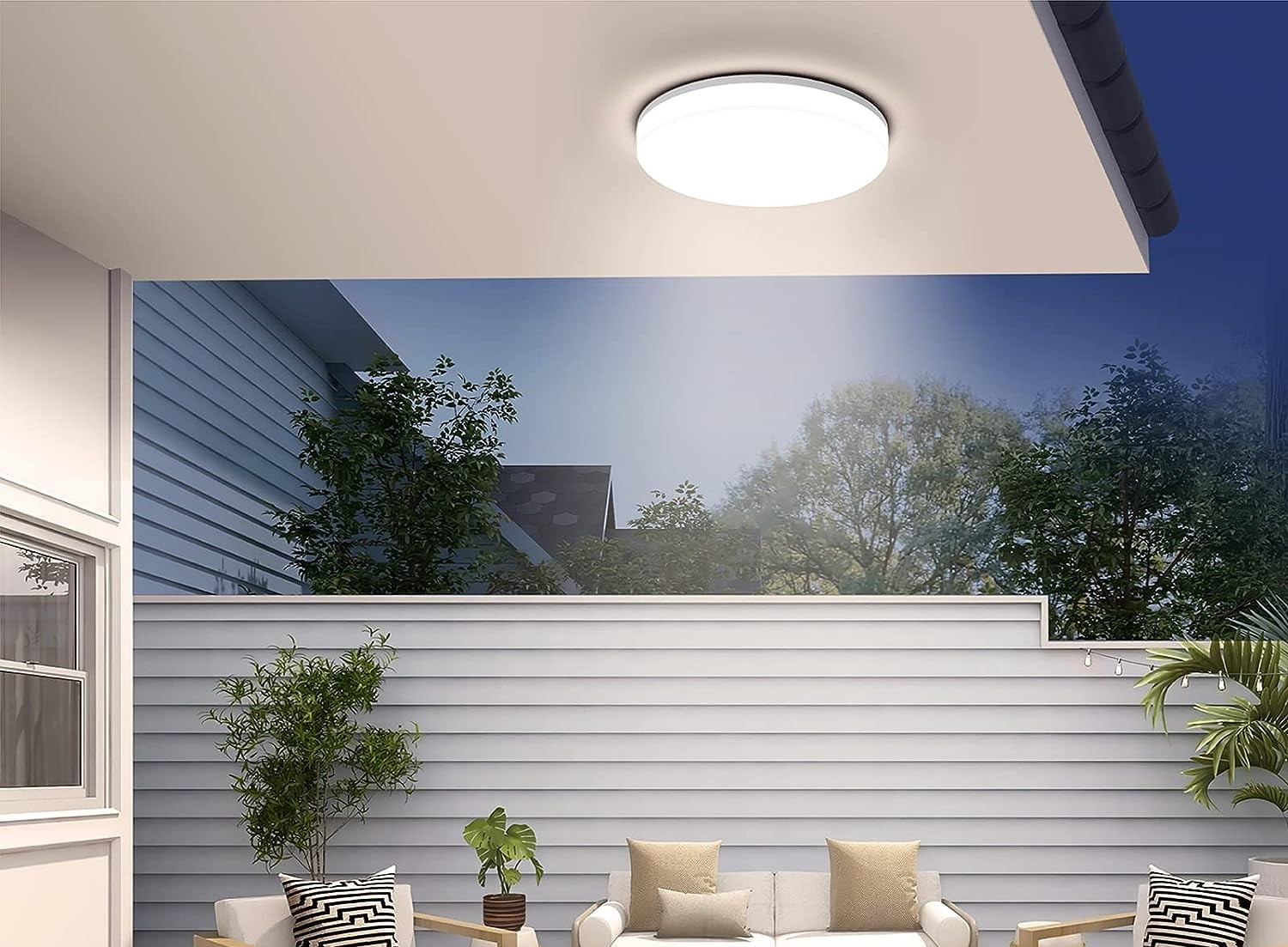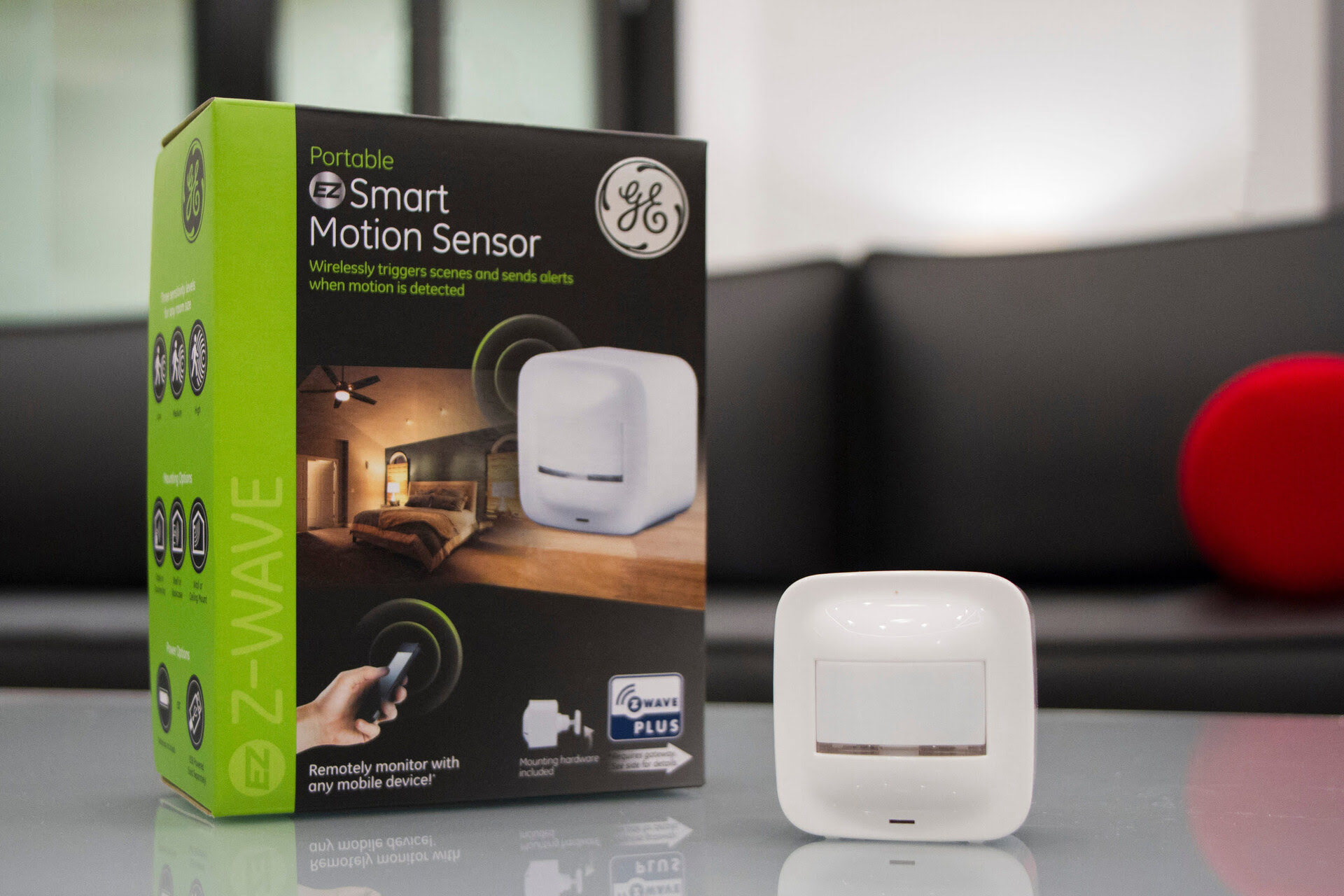Home>Home Security and Surveillance>Why Do Old Motion Detectors Use Quartz Halogen Or Tungsten
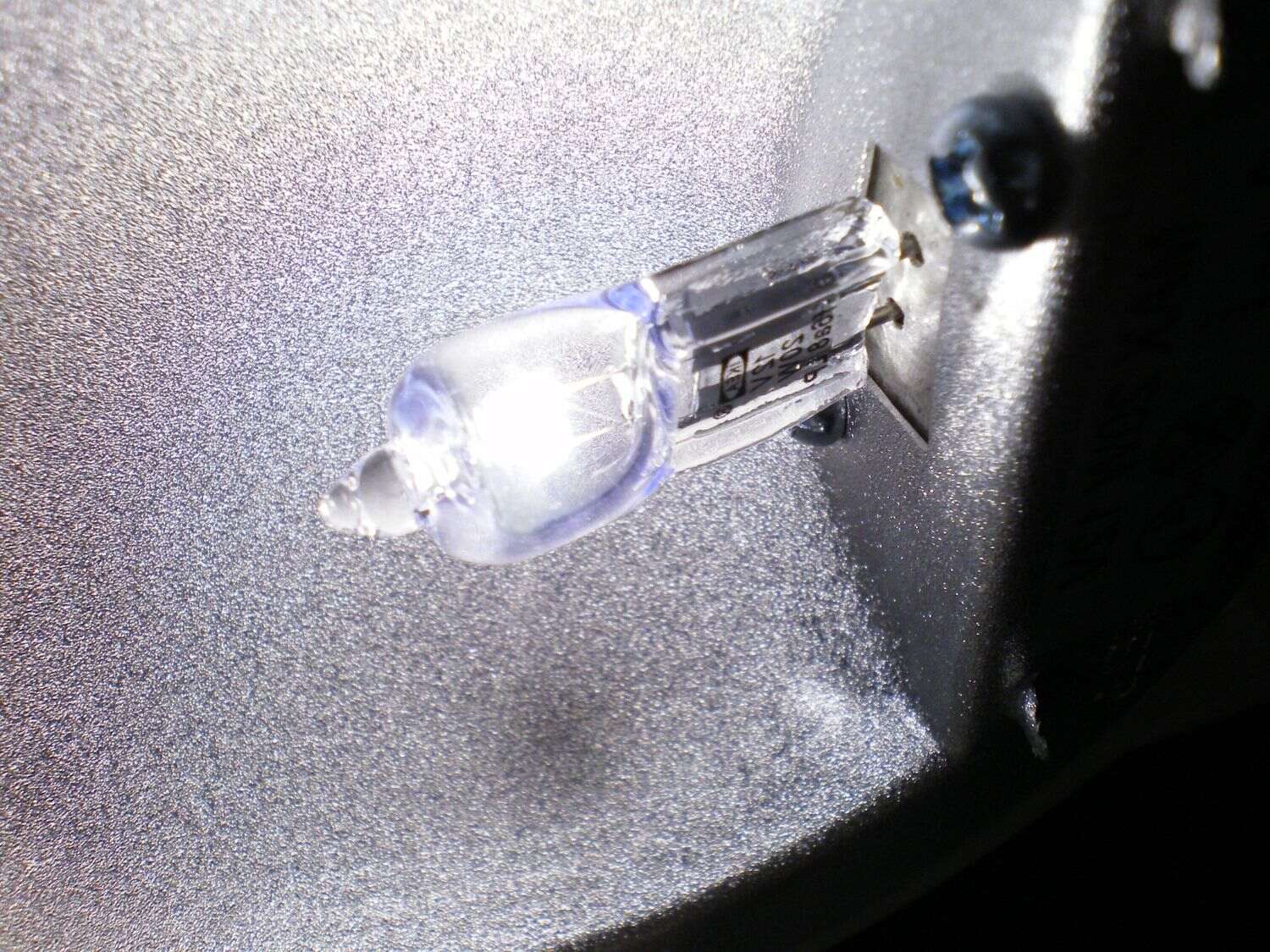

Home Security and Surveillance
Why Do Old Motion Detectors Use Quartz Halogen Or Tungsten
Modified: March 6, 2024
Discover why old motion detectors use quartz halogen or tungsten bulbs. Improve your home security and surveillance with these effective lighting options.
(Many of the links in this article redirect to a specific reviewed product. Your purchase of these products through affiliate links helps to generate commission for Storables.com, at no extra cost. Learn more)
Introduction
Home security is a top priority for homeowners, and advancements in technology have made it easier than ever to protect our homes and loved ones. One important component of any home security system is the motion detector. These devices are designed to detect any movement within a specific area and trigger an alarm or notification, alerting homeowners to potential intruders or suspicious activity.
Over the years, motion detector technology has undergone significant developments, with newer models offering improved accuracy, sensitivity, and range. However, in the past, motion detectors commonly used quartz halogen or tungsten bulbs as their lighting source. In this article, we will explore the reasons behind this choice and discuss the advantages and limitations of using quartz halogen and tungsten in motion detectors.
Key Takeaways:
- Old motion detectors used quartz halogen or tungsten bulbs for bright and focused illumination, but they had limitations like short lifespan and high energy consumption.
- Modern LED lights offer superior energy efficiency, longer lifespan, and reduced heat emission, making them the preferred choice for motion detectors.
Read also: 13 Best Tungsten Halogen Bulb for 2025
Basic principles of motion detectors
Before delving into the technology behind motion detectors, it is important to understand the basic principles on which they operate. Motion detectors are based on the concept of detecting changes in the infrared radiation emitted by warm objects. When an object moves within the detection range of the sensor, it will emit a different pattern of infrared radiation, triggering the motion detector to activate.
Motion detectors typically consist of two main components: a sensor and a light source. The sensor is responsible for detecting the changes in infrared radiation, while the light source illuminates the area being monitored. When the sensor detects movement, it sends a signal to the control panel, which activates an alarm or notification.
Now, let’s explore the two common types of lighting sources used in motion detectors: quartz halogen and tungsten bulbs.
Evolution of motion detector technologies
Motion detector technologies have come a long way since their inception. In the early days, motion detectors utilized simple mechanical switches or pressure-sensitive mats to detect movement. These devices were relatively rudimentary and had limited effectiveness in detecting motion accurately.
As technology advanced, more sophisticated motion detection methods were developed. Passive infrared (PIR) sensors, which detect changes in infrared radiation, became the industry standard for motion detectors. PIR sensors are effective at detecting human and animal movements and are widely used in residential and commercial security systems.
In recent years, motion detectors have also incorporated microwave technology. Microwave sensors emit microwave signals and measure the Doppler shift caused by moving objects. This technology offers greater range and can detect movements through walls and other obstacles. However, microwave-based motion detectors are more commonly used in commercial settings due to their higher cost and specialized installation requirements.
Other advancements in motion detector technology include the integration of video surveillance and advanced algorithms. Some modern motion detectors use video cameras to capture images or record video clips when motion is detected. These cameras can be paired with intelligent algorithms that analyze the captured data to differentiate between human movement and other sources of motion, reducing false alarms.
It is worth noting that the evolution of motion detector technologies has also led to more seamless integration with smart home systems. Many motion detectors can now be connected to home automation platforms, allowing users to receive real-time alerts on their smartphones, control security cameras, and even automate other devices based on detected motion.
As technology continues to advance, we can expect further enhancements in motion detector technologies, including improved accuracy, increased range, and more intelligent algorithms to better distinguish between different types of movements.
Why old motion detectors use quartz halogen or tungsten
In the past, when motion detectors were first introduced, quartz halogen and tungsten bulbs were commonly used as the lighting source. There were several reasons for this choice, including availability, affordability, and compatibility with existing technology.
Quartz halogen bulbs were favored for their bright and focused light output. These bulbs contain a tungsten filament encased in a small quartz envelope filled with halogen gas. When electricity passes through the filament, it heats up and produces a bright white light. This intense illumination made quartz halogen bulbs ideal for illuminating areas under surveillance, ensuring clear visibility to detect any movement accurately.
Tungsten bulbs, also known as incandescent bulbs, were commonly used in motion detectors due to their simplicity and low cost. These bulbs contain a tungsten filament that emits light when heated with electricity. Although they are less bright compared to quartz halogen bulbs, tungsten bulbs were still effective in providing sufficient illumination for detecting motion in smaller areas or low light conditions.
Furthermore, old motion detectors were often designed to work with these traditional bulbs, and retrofitting them with newer technologies was not always feasible or cost-effective. The compatibility factor played a significant role in the continued use of quartz halogen and tungsten bulbs in older motion detector models.
However, it is important to note that while quartz halogen and tungsten bulbs were widely used in the past, advancements in technology have led to the development of more efficient and energy-saving lighting sources for motion detectors. Modern motion detectors now commonly utilize LED lights and other innovative lighting technologies, offering improved performance and longevity.
In the next sections, we will discuss the advantages of using quartz halogen and tungsten bulbs in motion detectors, as well as the limitations that led to the adoption of newer alternatives.
Advantages of using quartz halogen in motion detectors
Quartz halogen bulbs have several advantages when used as the lighting source in motion detectors.
1. Brightness: Quartz halogen bulbs produce a bright and intense light output, making them ideal for illuminating areas under surveillance. The increased brightness enhances the visibility of any movement, ensuring accurate detection even in low light conditions.
2. Focus: Quartz halogen bulbs emit a focused beam of light, allowing for precise illumination of specific areas. This focused lighting helps to eliminate shadows and ensures that the entire monitored space receives adequate illumination for motion detection.
3. Color temperature: Quartz halogen bulbs have a color temperature that closely resembles natural daylight. This attribute is beneficial as it provides better clarity and visibility when capturing images or footage with surveillance cameras integrated with motion detectors.
4. Instant-on: Quartz halogen bulbs reach their maximum brightness immediately upon turning on. This instant-on feature ensures that the illuminated area is immediately visible and increases the chances of capturing any motion as soon as it occurs.
5. Compatibility: Many older motion detector models were designed to work specifically with quartz halogen bulbs. As a result, using quartz halogen bulbs allows for seamless integration with existing systems without the need for extensive modifications or upgrades.
However, despite these advantages, there are also limitations associated with using quartz halogen bulbs in motion detectors. One significant drawback is their relatively short lifespan compared to newer lighting technologies. Quartz halogen bulbs tend to have a shorter operational life, which can result in more frequent bulb replacements and maintenance costs.
In the next section, we will explore the advantages of using tungsten bulbs in motion detectors.
Old motion detectors use quartz halogen or tungsten because these materials are able to produce a lot of heat and light when an electric current passes through them. This makes them effective for detecting motion and providing illumination in outdoor spaces.
Read more: What PIR Motion Detector Is Used For
Advantages of using tungsten in motion detectors
Tungsten bulbs, also known as incandescent bulbs, offer several advantages when used as the lighting source in motion detectors.
1. Simplicity: Tungsten bulbs have a simple design, consisting of a tungsten filament enclosed in a glass bulb. This simplicity makes them easy to manufacture, maintain, and replace when necessary.
2. Affordability: Tungsten bulbs are more cost-effective compared to other types of lighting technology. They have a lower upfront cost and are readily available in the market, making them a budget-friendly option for homeowners and businesses.
3. Compatibility: Similar to quartz halogen bulbs, many older motion detector models were designed to work with tungsten bulbs. This compatibility makes them a convenient choice for retrofitting existing systems without the need for extensive modifications.
4. Instant-on: Tungsten bulbs provide instant illumination when turned on, allowing for immediate visibility and motion detection. There is no warm-up time required for tungsten bulbs to reach their full brightness, ensuring that any movement within the monitored area is promptly captured.
5. Warm light: Tungsten bulbs emit a warm and cozy light. This characteristic can create a welcoming ambiance in residential settings and is often preferred by homeowners who value a softer and more traditional lighting atmosphere.
While tungsten bulbs offer these advantages, it is important to consider their limitations as well. Tungsten bulbs tend to have a relatively shorter lifespan and higher energy consumption compared to newer lighting technologies. Furthermore, tungsten bulbs are less energy-efficient as they produce more heat, which can potentially impact the overall effectiveness and longevity of the motion detector system.
In the next section, we will discuss the limitations of both quartz halogen and tungsten bulbs in motion detectors, as well as the modern alternatives that have emerged in recent years.
Limitations of quartz halogen and tungsten in motion detectors
While quartz halogen and tungsten bulbs have their advantages, they also come with certain limitations when used in motion detectors.
1. Short lifespan: Both quartz halogen and tungsten bulbs have a relatively shorter lifespan compared to newer lighting technologies. This means that they require more frequent replacement, increasing maintenance costs and inconvenience.
2. High energy consumption: Quartz halogen and tungsten bulbs are not energy-efficient. They produce more heat than light, resulting in wasted energy and higher electricity bills. In an era where energy conservation is increasingly important, these bulbs are less eco-friendly.
3. Heat generation: Both types of bulbs generate heat as a byproduct of their operation. This heat can create discomfort or potentially pose a fire hazard if the motion detector is installed in an area with flammable materials or in close proximity to other heat-sensitive components.
4. Bulb fragility: Quartz halogen bulbs, in particular, are delicate and can be easily damaged due to their fragile construction. This makes them more susceptible to breakage during handling or due to vibration, leading to additional maintenance and replacement costs.
5. Environmental impact: Quartz halogen and tungsten bulbs contain materials that are harmful to the environment, such as halogen gases and mercury. Proper disposal of these bulbs is essential to prevent negative impacts on the ecosystem.
Considering these limitations, it becomes clear why there has been a shift towards newer lighting technologies in motion detectors. LED (Light Emitting Diode) lights, for example, offer significant advantages over quartz halogen and tungsten bulbs, including longer lifespan, lower energy consumption, reduced heat generation, and better environmental sustainability.
In the next section, we will explore some of the modern alternatives to quartz halogen and tungsten bulbs in motion detectors, emphasizing the benefits they provide in terms of performance, efficiency, and reliability.
Modern alternatives to quartz halogen and tungsten in motion detectors
Advancements in lighting technology have led to the development of more efficient and reliable alternatives to quartz halogen and tungsten bulbs in motion detectors. The most popular alternative is Light Emitting Diode (LED) lighting. LED lights offer several significant advantages that make them an excellent choice for modern motion detectors.
1. Energy efficiency: LED lights are highly energy-efficient, consuming significantly less power compared to quartz halogen and tungsten bulbs. This not only reduces electricity costs but also helps reduce the carbon footprint and promotes environmental sustainability.
2. Long lifespan: LED lights have an exceptionally long operational lifespan, typically lasting tens of thousands of hours. This longevity minimizes the need for frequent bulb replacements, reducing maintenance costs and inconvenience.
3. Instant-on and dimmable: LED lights provide instant illumination, just like quartz halogen and tungsten bulbs, but with the added advantage of being dimmable. This allows users to adjust the brightness according to their specific needs, providing greater flexibility and control.
4. Low heat emission: LED lights generate minimal heat, making them safer to use and reducing the risk of overheating or fire hazards. This makes them ideal for motion detectors that are installed in sensitive areas or in close proximity to other heat-sensitive components.
5. Wide color temperature range: LED lights offer a wide range of color temperatures, allowing users to customize the lighting to suit their preferences or specific monitoring requirements. This versatility ensures optimal visibility for capturing accurate motion detection images or video footage.
6. Environmental friendliness: LED lights are more environmentally friendly compared to quartz halogen and tungsten bulbs. They do not contain hazardous materials like mercury and can be easily recycled, reducing their impact on the environment.
Apart from LED lights, other advanced lighting technologies, such as compact fluorescent lamps (CFLs) and xenon bulbs, are also being used in motion detectors. These alternatives offer varying benefits such as energy efficiency, longer lifespan, and reduced heat emission.
Overall, the modern alternatives to quartz halogen and tungsten bulbs provide improved performance, energy efficiency, reliability, and environmental sustainability. As technology continues to advance, we can expect even more innovative lighting solutions to enhance the functionality of motion detectors and ensure the safety and security of our homes and businesses.
Conclusion
Motion detectors play a crucial role in home security and surveillance systems, effectively detecting and alerting homeowners to any movement within a monitored area. While old motion detectors commonly used quartz halogen and tungsten bulbs as their lighting source, advancements in technology have led to the emergence of more efficient and reliable alternatives.
Quartz halogen bulbs were favored for their bright and focused light output, while tungsten bulbs offered simplicity and affordability. However, both types of bulbs had limitations, such as shorter lifespan, high energy consumption, and heat generation.
The introduction of modern alternatives, such as LED lights, has revolutionized motion detector technology. LED lights offer superior energy efficiency, longer lifespan, reduced heat emission, and environmental friendliness. They have become the preferred choice for motion detectors due to their numerous advantages and compatibility with smart home systems.
Furthermore, advancements in motion detector technologies, including the integration of video cameras and intelligent algorithms, have further enhanced their effectiveness in detecting and analyzing motion.
As technology continues to evolve, we can expect continuous innovation in the field of motion detectors, with further improvements in accuracy, sensitivity, range, and integration with other smart home devices. The future holds great potential for enhancing home security and surveillance, providing homeowners with greater peace of mind.
In conclusion, while quartz halogen and tungsten bulbs served their purpose in older motion detectors, modern alternatives like LED lights have surpassed them in terms of performance, efficiency, and reliability. The transition to these advanced lighting technologies brings significant benefits, ensuring that motion detectors can effectively safeguard our homes and loved ones.
Frequently Asked Questions about Why Do Old Motion Detectors Use Quartz Halogen Or Tungsten
Was this page helpful?
At Storables.com, we guarantee accurate and reliable information. Our content, validated by Expert Board Contributors, is crafted following stringent Editorial Policies. We're committed to providing you with well-researched, expert-backed insights for all your informational needs.
